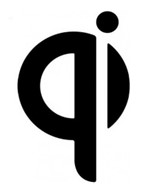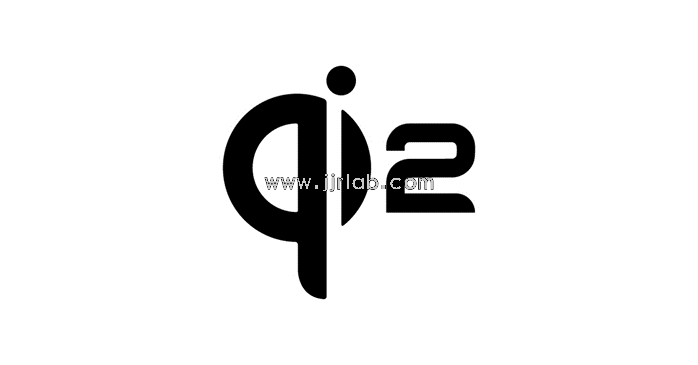
WPC Qi certification test
1. What is Qi protocol?
The Qi protocol is an interconnection standard for short-distance low-power wireless inductive power transmission (mainly used in smartphones) launched by WPC to provide 5~15W wireless charging for smartphones and other portable mobile devices. Its logo is "Qi" - "Qi" is pronounced "chee", which is the same as "qi" and represents "vital energy" in Asian philosophy - an invisible energy. Qi represents the compatibility between power transmitters and power receivers. Any Qi receiver can be used with all Qi transmitters, while also ensuring the safety of the product.

After Qi2 was upgraded, a new Qi Logo was used. The most important thing is to join the MPP (Magnetic Power Profile) protocol and incorporate MPP as a technical branch under Qi2. In addition, all certification specifications must integrate authentication verification. For manufacturers, there is no need to comply with the "transmitter coil reference type". Before this, WPC had a reference coil library, and manufacturers needed to select coils from it. Not only that, there is no need to report the PTx coil reference type during the certification process, which brings great convenience to manufacturers and increases the freedom of product design.

2. Qi Certification Overview:
Currently, WPC Qi protocol certification is mainly divided into four types:
<UL style="list-style-type: initial;" class=" list-paddingleft-2">BPP (Baseline Power Profile), before 2010, ≤ 5W power, Qi 1.2 protocol.
EPP (Extended Power Profile), during 2010-2021, 5~15W power, Qi 1.3 protocol.
Samsung Proprietary Extension, 10W, Qi 1.3 protocol
MPP (Magsafe Power Profile), starting in 2022, 15-50W power, Qi 2.0 protocol.
3. Why do we need Qi protocol certification?
Qi-certified products are applicable to countries and regions around the world, such as China, the United States, Japan, the European Union, etc. They can be sold globally after passing the certification. The Qi logo can be used in any form on product promotion, packaging, and product labels to ensure product safety.
Qi is currently widely used in handheld low-power devices such as mobile phones and smart bracelets. Qi is a universal standard. Products using Qi technology must undergo rigorous testing to ensure safety, compatibility and energy efficiency. Only certified products can use the Qi logo. Products of different brands can achieve Qi wireless charging as long as they have the Qi logo. The following is the certification process of the Qi protocol.
Qi certification testing consists of two parts. One is the compliance test. After the compliance test is completed and passed, the compliance test laboratory will send the samples to the compatibility test laboratory for compatibility testing, and the customer will pay the compatibility test center fee.
There are many choices for compliance testing laboratories ATL (Authorized Test Lab) in China. Among the at least 5 samples sent for testing, one will be arranged for compliance testing first, and the qualified test samples will be stoRED in ATL.
Email:hello@jjrlab.com
Write your message here and send it to us
 WEEE Registration for Waste Electrical &Electr
WEEE Registration for Waste Electrical &Electr
 MSDS Chemical Safety Testing
MSDS Chemical Safety Testing
 What Are the Differences Between UK REACH and EU R
What Are the Differences Between UK REACH and EU R
 E-Cigarette GB 41700 Compliance Testing
E-Cigarette GB 41700 Compliance Testing
 What Are the Testing Items of California Propositi
What Are the Testing Items of California Propositi
 E-Cigarette EU TPD Testing
E-Cigarette EU TPD Testing
 Testing Certification for E-cigarettes Exported to
Testing Certification for E-cigarettes Exported to
 What is Amazon US CPC Certification?
What is Amazon US CPC Certification?
Leave us a message
24-hour online customer service at any time to respond, so that you worry!




